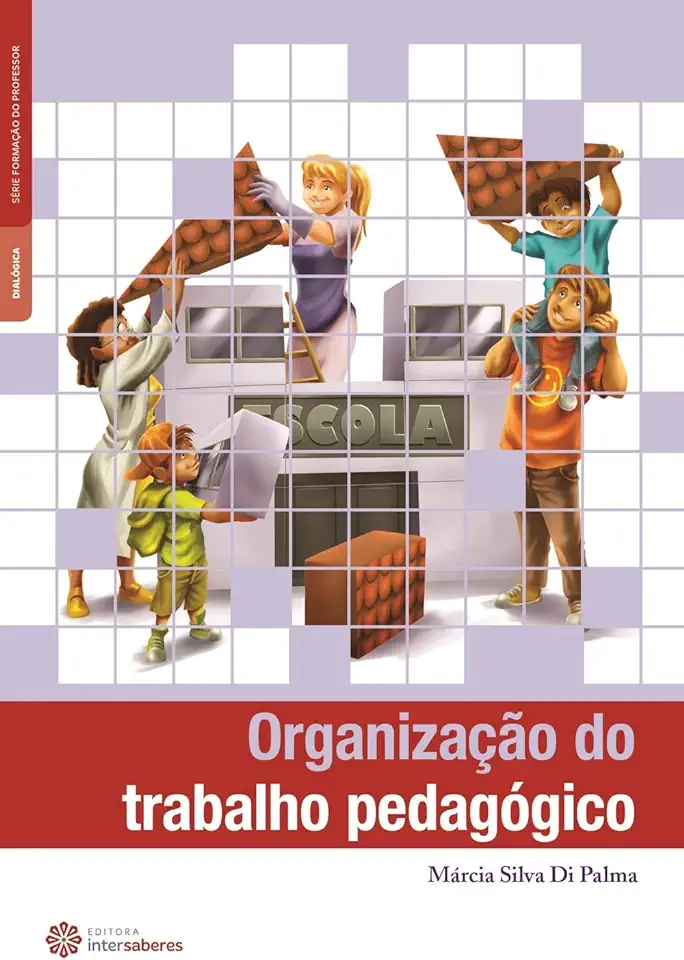
Organization of Pedagogical Work - Márcia Silva Di Palma
Organization of Pedagogical Work: A Comprehensive Guide to Effective Teaching and Learning
Introduction
In today's rapidly changing world, effective teaching and learning are more important than ever. With the vast amount of information available to students, it is essential for educators to be able to organize their pedagogical work in a way that is both efficient and effective.
The Importance of Organization
Organization is key to successful teaching and learning. When teachers are organized, they are able to create a positive learning environment, manage their time effectively, and deliver instruction in a clear and concise manner. Students benefit from organized teachers because they are able to learn more effectively and develop good study habits.
The Different Aspects of Organization
There are many different aspects of organization that teachers need to consider, including:
- Curriculum planning: Teachers need to carefully plan their curriculum to ensure that students are learning the essential knowledge and skills. This includes selecting appropriate materials, resources, and activities.
- Classroom management: Teachers need to create a positive and orderly learning environment in order to facilitate student learning. This includes establishing clear rules and procedures, and managing student behavior.
- Time management: Teachers need to manage their time effectively in order to cover all of the material that they need to teach. This includes planning lessons, grading papers, and meeting with students and parents.
- Communication: Teachers need to communicate effectively with students, parents, and colleagues. This includes providing clear instructions, giving feedback, and resolving conflicts.
Strategies for Organization
There are many different strategies that teachers can use to organize their pedagogical work. Some of the most effective strategies include:
- Creating a daily schedule: Teachers should create a daily schedule that outlines the activities that they will complete each day. This will help them to stay on track and ensure that they are covering all of the material that they need to teach.
- Using a planner: Teachers should use a planner to keep track of their appointments, deadlines, and other important information. This will help them to stay organized and avoid missing important events.
- Setting priorities: Teachers need to set priorities for their work in order to ensure that they are completing the most important tasks first. This will help them to avoid feeling overwhelmed and stressed.
- Delegating tasks: Teachers should delegate tasks to students and other staff members whenever possible. This will free up their time so that they can focus on the most important tasks.
- Taking breaks: Teachers need to take breaks throughout the day to avoid burnout. This will help them to stay refreshed and focused.
Conclusion
Organization is essential for successful teaching and learning. By following the strategies outlined in this book, teachers can create a positive and orderly learning environment, manage their time effectively, and deliver instruction in a clear and concise manner. This will help students to learn more effectively and develop good study habits.